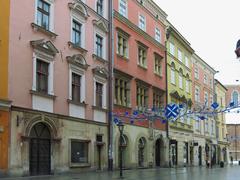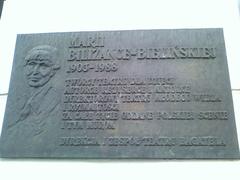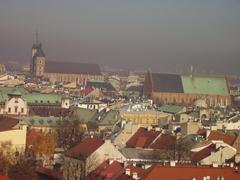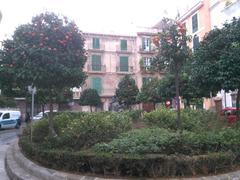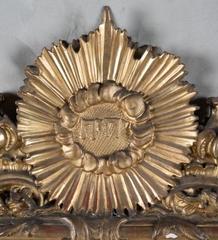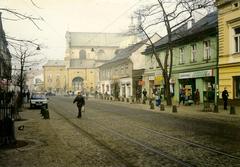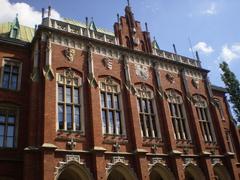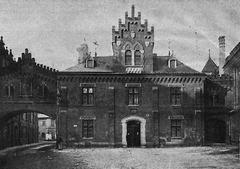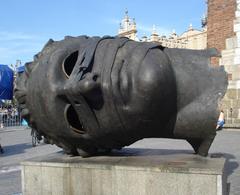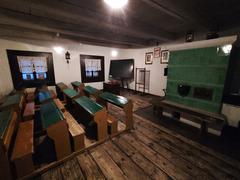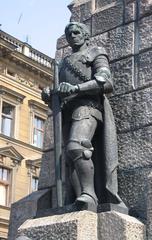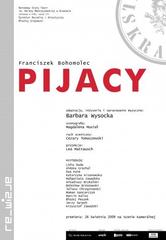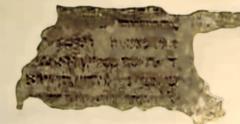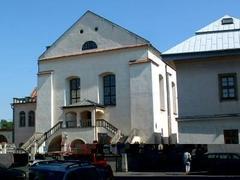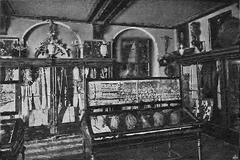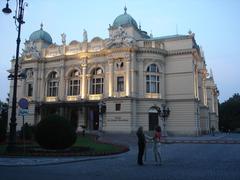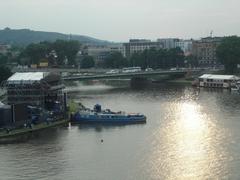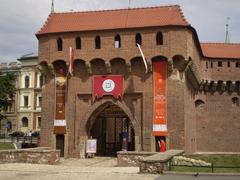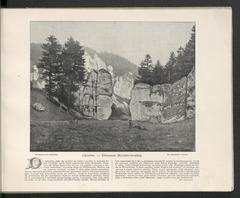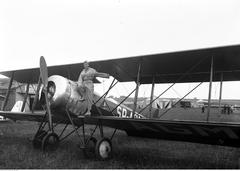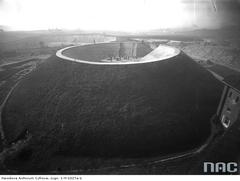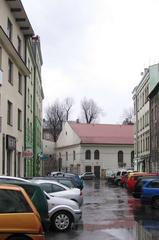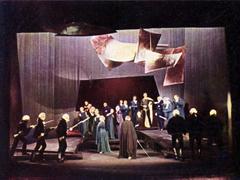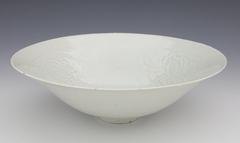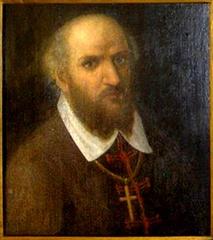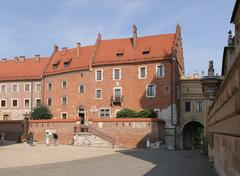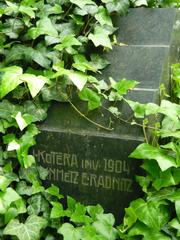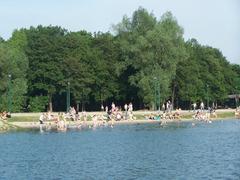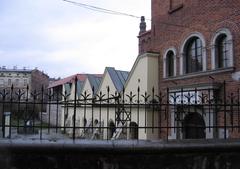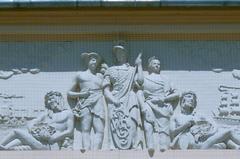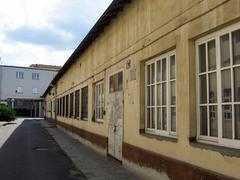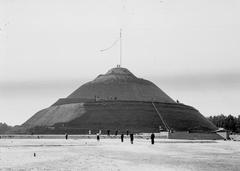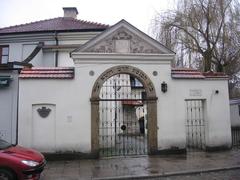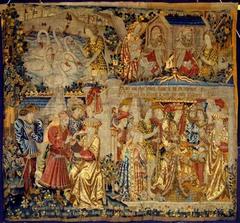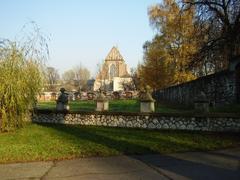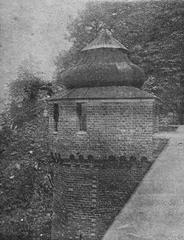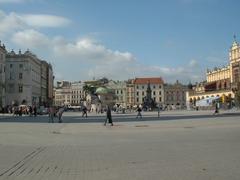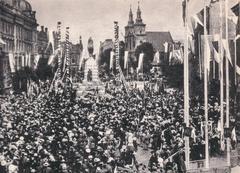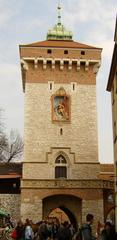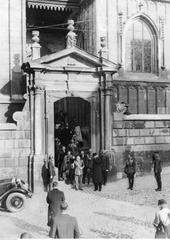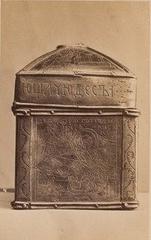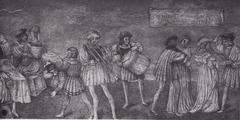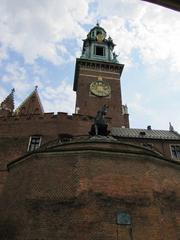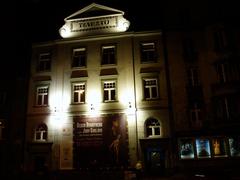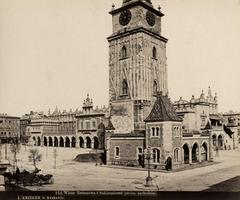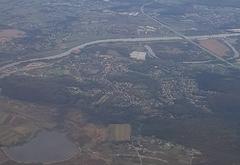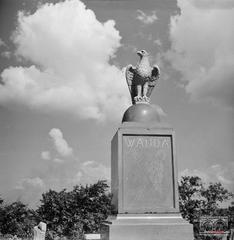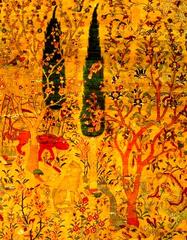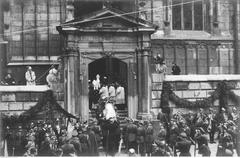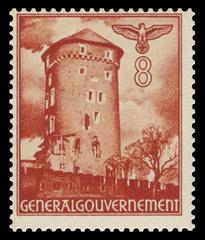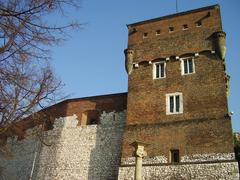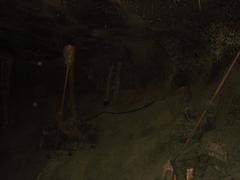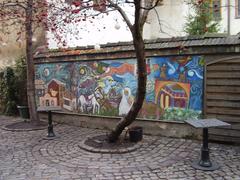Visiting Józef Piłsudski’s Mound in Kraków: Hours, Tickets, and Tips
Date: 18/07/2024
Introduction
Józef Piłsudski’s Mound, known locally as Kopiec Piłsudskiego, is a monumental landmark situated in Kraków’s picturesque Wolski Forest. Erected between 1934 and 1937 to honor Marshal Józef Piłsudski, a pivotal figure in Poland’s fight for independence, the mound stands as a powerful symbol of national pride and resilience. This comprehensive guide delves into the rich history, visiting information, practical travel tips, and nearby attractions, offering everything you need to know for a memorable visit to this remarkable site (Poland Travel) (Krakow Info).
Table of Contents
- Introduction
- Historical Background of Józef Piłsudski’s Mound
- Visitor Information
- Nearby Attractions
- Modern-Day Relevance
- Preservation Efforts
- Educational and Cultural Impact
- Frequently Asked Questions
- Conclusion
Historical Background of Józef Piłsudski’s Mound
Origins and Construction
Józef Piłsudski’s Mound is one of the four artificial mounds in Kraków. Constructed between 1934 and 1937, it honors Marshal Józef Piłsudski, a key figure in Poland’s struggle for independence. Thousands of volunteers took part in the construction, transporting soil from significant battlefields and places associated with Piłsudski’s life, symbolizing the unity and collective memory of the Polish people. The mound stands 35 meters high and has a base diameter of 111 meters, making it the largest of Kraków’s mounds (Krakow Info).
Symbolism and National Significance
The mound serves as a potent symbol of Polish independence and resilience. Józef Piłsudski is revered as the father of modern Poland, having played a pivotal role in the country’s re-establishment as a sovereign state after World War I. His leadership during the Polish-Soviet War and his efforts in shaping the Second Polish Republic are commemorated through this monumental structure (Culture.pl).
Wartime and Post-War History
During World War II, the mound faced significant challenges. The Nazi occupation led to attempts to destroy symbols of Polish nationalism, including the mound. However, Józef Piłsudski’s Mound survived these efforts, albeit with some damage. The resilience of the mound during this period further cemented its status as a symbol of Polish endurance and resistance (Krakow Post).
In the post-war era, the mound underwent restoration and maintenance efforts. Initially neglected by the communist regime, it regained prominence as a national monument after the fall of communism in 1989. Restoration projects in the 1990s and early 2000s ensured the mound remained well-preserved for future generations (Poland In).
Visitor Information
Visiting Hours and Tickets
Józef Piłsudski’s Mound is open to visitors year-round and does not charge an entrance fee, making it an accessible destination for all. However, guided tours may have associated costs. It’s advisable to check the official website or contact the local tourist information office for the most current information on visiting hours and ticket prices (Krakow Travel).
Travel Tips
- Best Time to Visit: Spring and autumn offer the most pleasant weather for visiting the mound and enjoying the surrounding Wolski Forest.
- What to Bring: Comfortable walking shoes, water, and a camera for the stunning panoramic views of Kraków.
- Accessibility: The site is accessible by public transport, and there are parking facilities nearby for those traveling by car.
Nearby Attractions
While visiting Józef Piłsudski’s Mound, consider exploring other nearby attractions:
- Wolski Forest: Ideal for hiking, picnicking, and enjoying nature.
- Kraków Zoo: Located within the Wolski Forest, perfect for a family outing.
- Kościuszko Mound: Another significant historical mound in Kraków, offering more insights into Poland’s history.
Modern-Day Relevance
Today, Józef Piłsudski’s Mound is not only a historical monument but also a popular tourist attraction and a site of national ceremonies. It is a place where Poles and visitors from around the world can pay their respects to one of Poland’s greatest leaders. The mound is often visited during national holidays, such as Independence Day on November 11, when ceremonies and events are held to honor Piłsudski’s legacy (Tripadvisor).
Preservation Efforts
Preserving Józef Piłsudski’s Mound is an ongoing effort involving both governmental and non-governmental organizations. The site is maintained by the Society of the Friends of the Mound of Józef Piłsudski, which organizes various events and fundraising activities to support its upkeep (Friends of the Mound).
Educational and Cultural Impact
Józef Piłsudski’s Mound serves as an educational resource, providing insights into Poland’s history and the life of one of its most influential leaders. Schools and universities often organize trips to the mound, where students can learn about Piłsudski’s contributions to Polish independence and the broader historical context of the early 20th century. The site also hosts exhibitions and events that delve into various aspects of Polish history and culture (Krakow City Guide).
Frequently Asked Questions
Q: What are the visiting hours for Józef Piłsudski’s Mound? A: The mound is open year-round. It’s best to check the official website for the most current visiting hours.
Q: Is there an entrance fee to visit the mound? A: No, visiting the mound is free. However, guided tours may have associated costs.
Q: Can I reach the mound by public transport? A: Yes, the site is accessible by public transport, and there are parking facilities for those traveling by car.
Q: Are there any guided tours available? A: Yes, guided tours are available and can provide more in-depth historical insights.
Q: What other attractions are nearby? A: Nearby attractions include Wolski Forest, Kraków Zoo, and Kościuszko Mound.
Conclusion
Józef Piłsudski’s Mound stands as a profound testament to Polish history, resilience, and national pride. From its origins as a volunteer-driven project to its survival through wartime challenges and subsequent restoration, the mound encapsulates the spirit of unity and collective memory of the Polish people. Today, it serves as a vital educational resource and a popular tourist destination, offering visitors a unique blend of historical insight, cultural enrichment, and natural beauty (Krakow Travel).
Whether you are a history enthusiast, a nature lover, or simply a visitor seeking to understand Poland’s rich heritage, Józef Piłsudski’s Mound provides a meaningful and enriching experience. Preservation efforts and community engagement continue to ensure that this iconic landmark remains a well-maintained and accessible site for future generations. As you explore the mound and its surroundings, you will gain a deeper appreciation of Poland’s journey to independence and the enduring legacy of one of its greatest leaders (Friends of the Mound).
To stay updated with the latest information and travel tips, consider downloading our mobile app, Audiala, and following us on social media. We invite you to explore more of Kraków’s historical treasures and enhance your travel experience through our related posts and guides.
